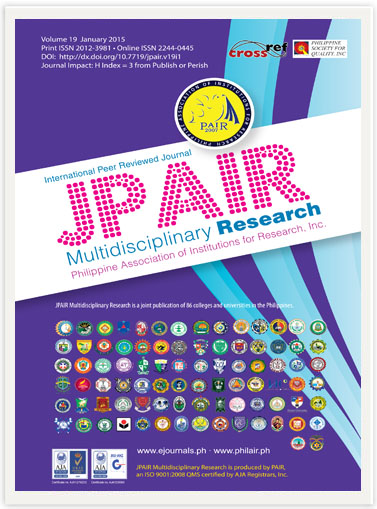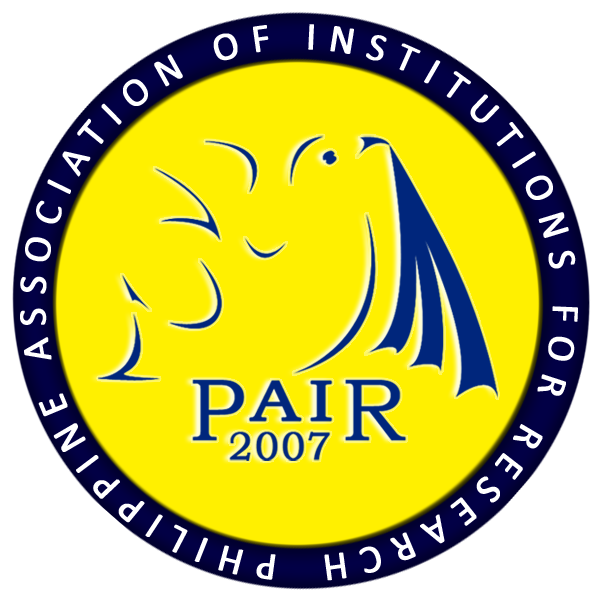Rationing Change as Coping Strategy Employed by Buhid Households against Food Insecurity
DOI:
https://doi.org/10.7719/jpair.v19i1.312Keywords:
Social Science, food security, coping mechanism, Buhid women, food diary, experimental-descriptive design, Occidental Mindoro, Cebu PhilippinesAbstract
The Mangyans as a group of people traces a history of marginalization both in their ancestral domain and in their access to basic social services, particularly, health and education. This study was conducted to: 1) determine the socio-economic characteristics and household food expenditures of the Buhid women; 2) determine their food security condition; and 3) identify the food insecurity coping strategies employed. The descriptive method was employed. The United States Department of Agriculture (USDA) Food Sufficiency Questionnaire and Coping Strategy Index (CSI) was used to enumerate both frequency and severity of coping strategies of households faced with short-term insufficiency of food. Results show that majority of the Buhid women were between 20 and 39 years old, which means that they were still in their middle age and can still perform reproductive and productive activities. They have big household size, with low level of basic education, and with an average monthly income below the poverty threshold. The biggest portion of the household expenditure was spent for food. The Buhid women experienced "food insecurity with moderate hunger" in which adults in the households have experienced reductions in food intake. It is recommended that further study on the relationship between the socio- economic characteristics of the Buhid women and household security status and their coping strategies be conducted.
Downloads
References
Arimond, M., & Ruel, M. (2004). Dietary diversity is associated with child nutritional status: evidence from 11 demographic and health surveys. The Journal of Nutrition, 134(10), 2579-2585.
Downloads
Published
Issue
Section
License
Copyright (c) 2015 Mary Yole Apple Declaro-Ruedas

This work is licensed under a Creative Commons Attribution-NonCommercial 4.0 International License.
Open Access. This article published by JPAIR Multidisciplinary Research is licensed under a Creative Commons Attribution-Noncommercial 4.0 International (CC BY-NC 4.0). You are free to share (copy and redistribute the material in any medium or format) and adapt (remix, transform, and build upon the material). Under the following terms, you must give appropriate credit, provide a link to the license, and indicate if changes were made. You may do so in any reasonable manner, but not in any way that suggests the licensor endorses you or your use. You may not use the material for commercial purposes.




















